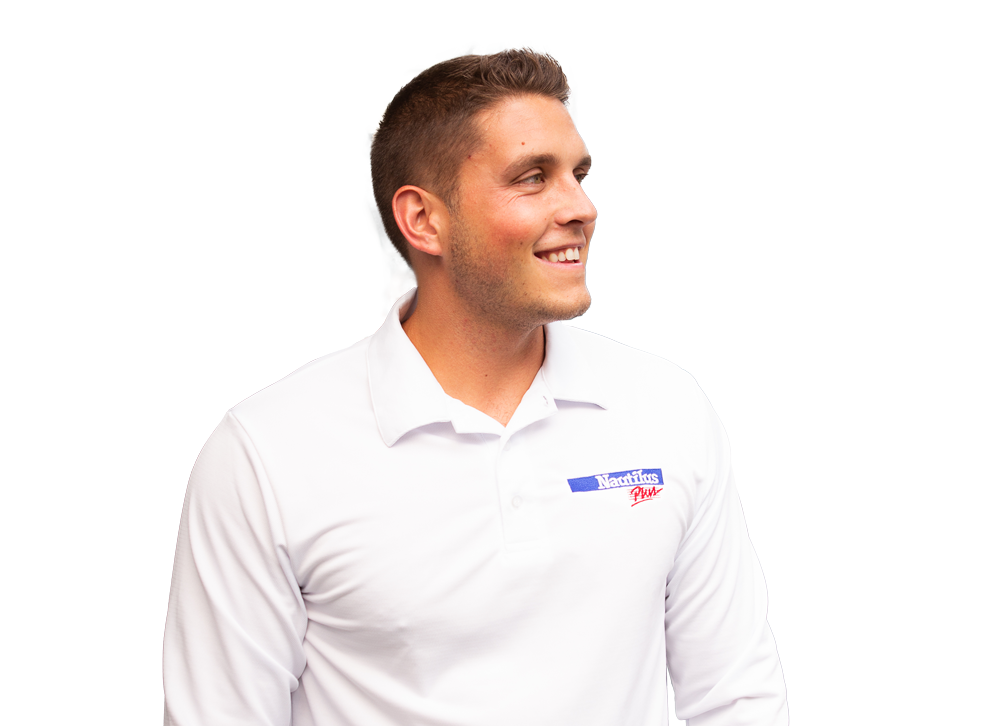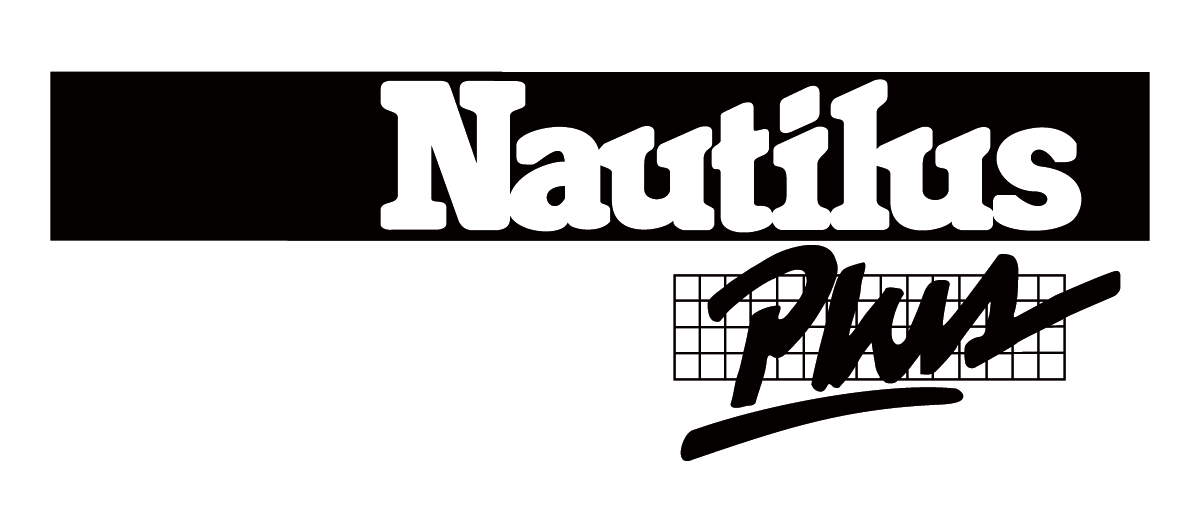
Muscle hypertrophy, commonly known as muscle mass gain, refers to the increase in the size of a muscle. It is generated by a series of responses of your muscle to a repeated stimulus, such as lifting a load for several reps. Did you know that there are five key factors that will stimulate muscle growth? Here they are.
1. The proper mechanical tension
This is the load of the weight you lift during your workouts. Ideally, this load should be between 65% and 85% of your maximum strength, or a weight that you are able to lift for 8 to 12 reps. Following this guideline is critical to successful weight gain. A kinesiologist can help you determine the optimal load for each exercise you perform. This is not to say that there is no possibility of hypertrophy at less than 8 reps or more than 12, only that this zone of exertion seems optimal for combining mechanical tension AND fatigue.
2. Time under tension
This is the time required to complete a set. A set considered “effective for muscle mass gain” should last about 60 seconds. Anything less is likely to make it difficult to achieve local muscle fatigue (see point 3) and if your effort is maintained beyond this time, it probably means that your load is insufficient. Obviously, some advanced methods can be used to combine the right load with a longer duration of effort, but this should not be the norm in your workouts.
3. Local muscle fatigue
If there is one factor that is often overlooked, it is this one. Local muscle fatigue is when you reach the point where you can no longer properly perform the exercise. During each set, you should make sure you feel your muscles burn, making you unable to perform for another rep. Be careful, it is not necessarily a question of pushing each of your sets in each training session to the point of complete failure. It’s about planning your training sessions in such a way as to maximise the muscle fatigue while allowing adequate recovery between sessions. Hence the importance of choosing the “right load” and the right amount/intensity of work depending on the muscles involved and your fitness level in each exercise.
4. Incomplete rest
Muscles are made up of a host of fibres. When targeting muscle hypertrophy, it is essential to stimulate the maximum amount of these fibres. To achieve this, you must take rest periods between sets that are relatively short or “incomplete”, between 60 and 90 seconds. A rest period lasting less than 3 minutes is considered incomplete. Thus, by performing a set following an incomplete rest, the “still fatigued” muscle fibres will give way to the “less fatigued” ones, activating a greater total amount at the end of the sets.
5. Training volume
The total amount of training you complete can be represented by:
- the total number of sets performed for a given exercise;
- or the total number of sets performed during the workout;
- or the total duration of your workout.
With a goal of developing muscle mass, you will generally target a volume based on the number of sets you complete per exercise and for the entire workout. However, even if you respect this last factor, if the others are neglected, your chances of success are low. Training volume is important in building muscle mass, but it is not a fixed formula. The volume must be adjusted according to your current training capacity. In summary, you must apply the first four factors to determine the appropriate training volume.
Rest days between workouts
While these five key factors are essential, it is also important to consider your behaviour between workouts. First, your diet. For muscle development, adequate protein intake is important, but the total number of calories to be ingested must also be considered. Another important element is recovery. Allow yourself enough time between workouts to maintain a good intensity during your workouts. Finally, your current workout may be effective, but as the weeks go by, this will no longer be the case. Make sure you have a plan to keep progressing, such as increasing the number of sets, reps, loads, etc.
The collaboration of a trainer-kinesiologist and a nutritionist will provide you with the perfect guidance to address each of these components. This will allow you to reach your goal more quickly and efficiently, while reducing the chances of injury.
Enjoy your workouts!
Muscle mass gain : 5 success factors is a post from Nautilus Plus. The Nautilus Plus blog aims to help people in their journey to fitness through articles on training, nutrition, motivation, exercise and healthy recipes.
Copyright © Nautilus Plus 2022

A session with a personal trainer will help you to progress!

Let's determine your fitness goals together and get some expert advice!
Make an appointment with a personal trainer
